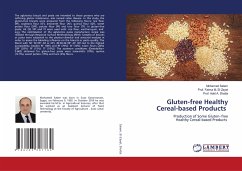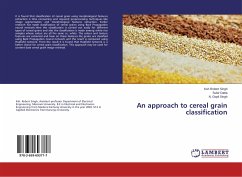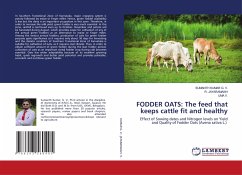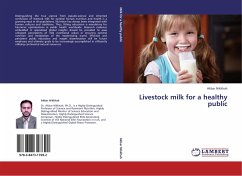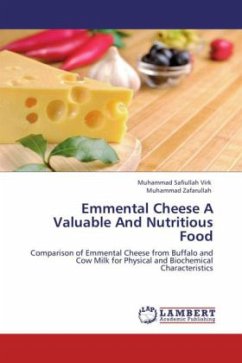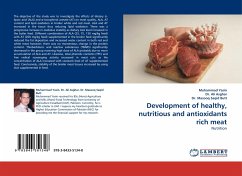
Sorghum grain as human healthy nutritious cereal
White food-grade Sorghum
Versandkostenfrei!
Versandfertig in 6-10 Tagen
19,99 €
inkl. MwSt.

PAYBACK Punkte
10 °P sammeln!
The main purpose of this book is to disseminate worldwide cultivation and food characteristics of white food-grade Sorghum, a gluten-free cereal taxonomically related to maize which is non-toxic to people intolerant to gluten. Specifically Sorghum bicolor (L. Moench), is an annual herbaceous plant belonging to the grass family of Poaceae, and is one of the most drought-resistant and heat-tolerant cereals. It has been a food crop for thousands of years in Africa and Asia, and over the past 30 years, it is used as safe food for celiac patients and as the healthy food for the entire human populat...
The main purpose of this book is to disseminate worldwide cultivation and food characteristics of white food-grade Sorghum, a gluten-free cereal taxonomically related to maize which is non-toxic to people intolerant to gluten. Specifically Sorghum bicolor (L. Moench), is an annual herbaceous plant belonging to the grass family of Poaceae, and is one of the most drought-resistant and heat-tolerant cereals. It has been a food crop for thousands of years in Africa and Asia, and over the past 30 years, it is used as safe food for celiac patients and as the healthy food for the entire human population. For its use in human food, sorghum, is made from a white grain type, particularly valuable, GMO free and optimal for the health, since it is rich in protein, unsaturated fats, carbohydrates, minerals, vitamins, fiber insoluble and antioxidants such as phenols and tannins, associated with the prevention of cancer and aging as well as a curative for individuals with cardiovascular disease. In this book we have also described the methods of cultivation of white food-grade sorghum in southern Italy, characterized by a Mediterranean climate, and the role of sorghum in human nutrition.



